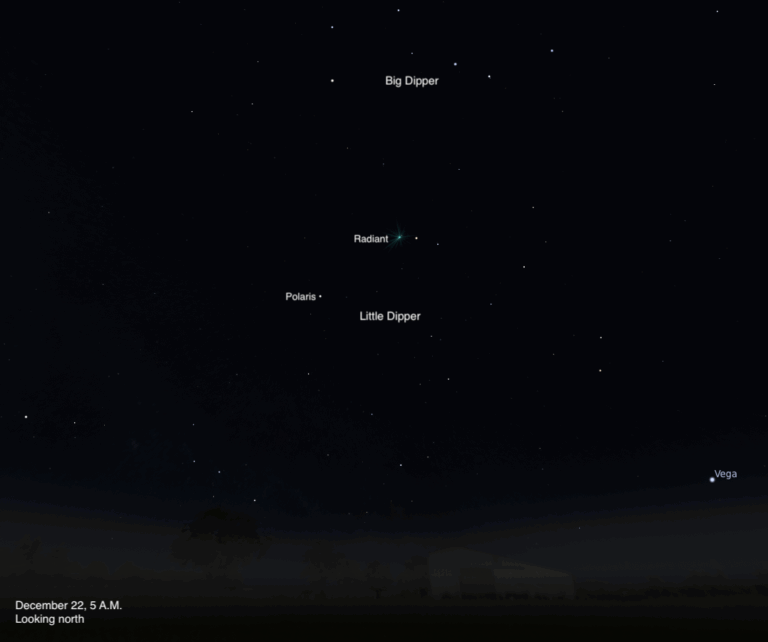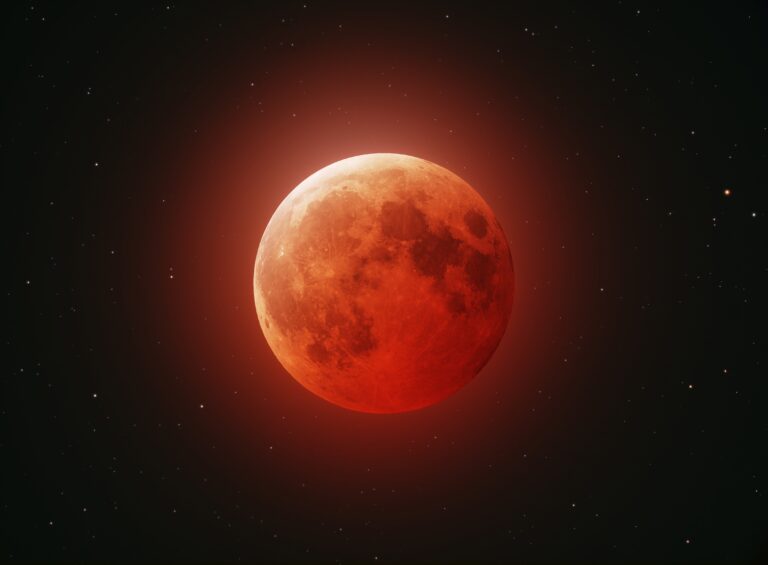
Key Takeaways:
- Comet Lemmon reached its perihelion on November 8, subsequently entering a fading phase, although temporary increases in brightness due to outbursts remain a possibility.
- An observation on November 8 noted the comet's tail extended across approximately 3.7 degrees, with guidance provided for new observations recommending binoculars or telescopes 45 minutes after sunset, oriented southwest in the constellation Ophiuchus.
- Discovered on January 3, 2025, by the Mount Lemmon Survey, the comet maintains a velocity of approximately 209,000 km/h near the Sun.
- Its orbital period was gravitationally reduced from an estimated 1,350 years to 1,150 years after perihelion, projecting its next terrestrial visibility around the year 3175.
Well, Comet Lemmon finally passed its closest approach to the Sun and is now heading back into the outskirts of the solar system. That means it’s fading as it receives less solar energy each day. Of course, the comet could still experience an outburst, which would increase its brightness, but that would only be temporary.
I observed Comet Lemmon on Saturday evening, November 8. It really hadn’t faded that much since the last time I saw it, which was before Full Moon on the 5th. I simply scanned the sky through my Canon 18x50IS binoculars, and there it was. These binoculars have a true field of view of 3.7°, and I estimated that the comet’s tail stretched across nearly all of it. Not too shabby.
Observe it
First, find the time the Sun sets at your location. A quick Google search for, “When is sunset at [location]” will do it. Then, head out 45 minutes later than your sunset time and face southwest. Use the finder chart here to identify some of the visible stars, and then point binoculars with at least 50 millimeter front lenses toward the comet’s location and try to see it.
Lemmon is currently passing in front of the stars of the constellation Ophiuchus the Serpent-bearer. That’s a problem for people who don’t know the sky because there aren’t any bright stars near the comet. Well, we just have to be patient and persistent.
If you’re going to search for Comet Lemmon with a telescope, start viewing the area it’s in with your lowest power (widest field of view) eyepiece. Even during the last remnants of evening twilight, you might sweep it up. Depending on the length of the tail, you might be able to see the whole comet. Then, step by step, increase the magnification and scan the comet’s length for details. Can you see a single tail, or are there two? Are any parts of the tail brighter than others? Does the tail look disconnected at any point? Take your time.
More details
Comet Lemmon was discovered January 3, 2025, as part of the Mount Lemmon Survey, which uses a 60-inch telescope at Mt. Lemmon, Arizona (a scant 15.5 miles north of the author’s home). The camera attached to the telescope’s prime focus captures images that are 5° square.
Interestingly, the comet’s current orbital period is approximately 1,350 years. But after its perihelion passage (its closest approach to the Sun) on November 8, our star’s gravity will reduce that to 1,150 years. So, the next chance for earthbound observers to see this occasional visitor will be around the year 3175.
So, take a few minutes in the evening and try and spot Comet Lemmon — a ball of frozen gases currently speeding near the Sun at 130,000 miles per hour (209,000 kilometers per hour). Now may be your last chance to spot it, or it could be visible for weeks. We’re hoping for the latter, but we just don’t know. Good luck!









